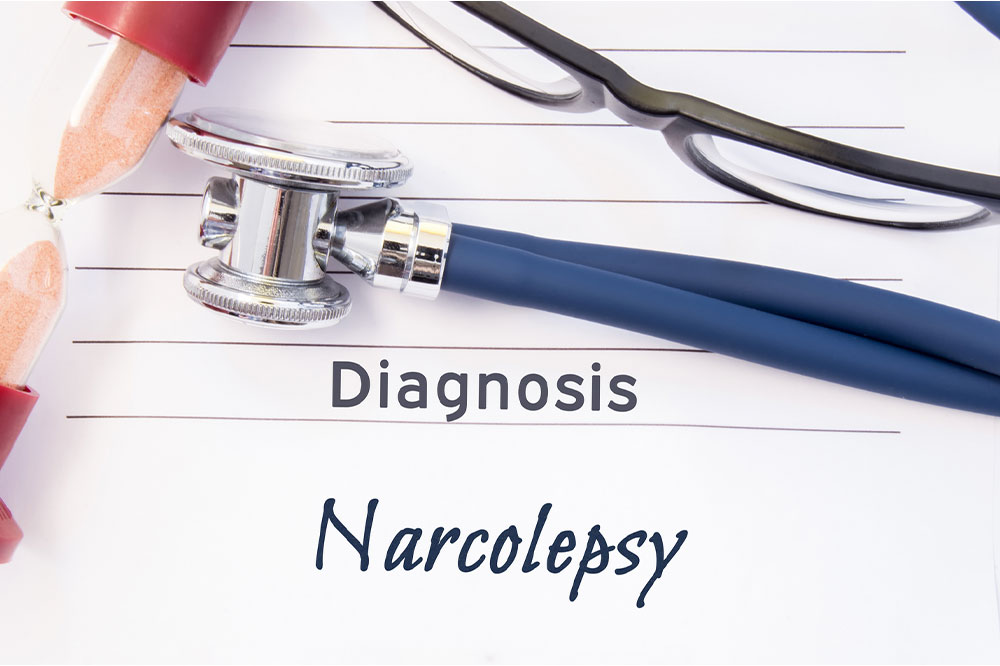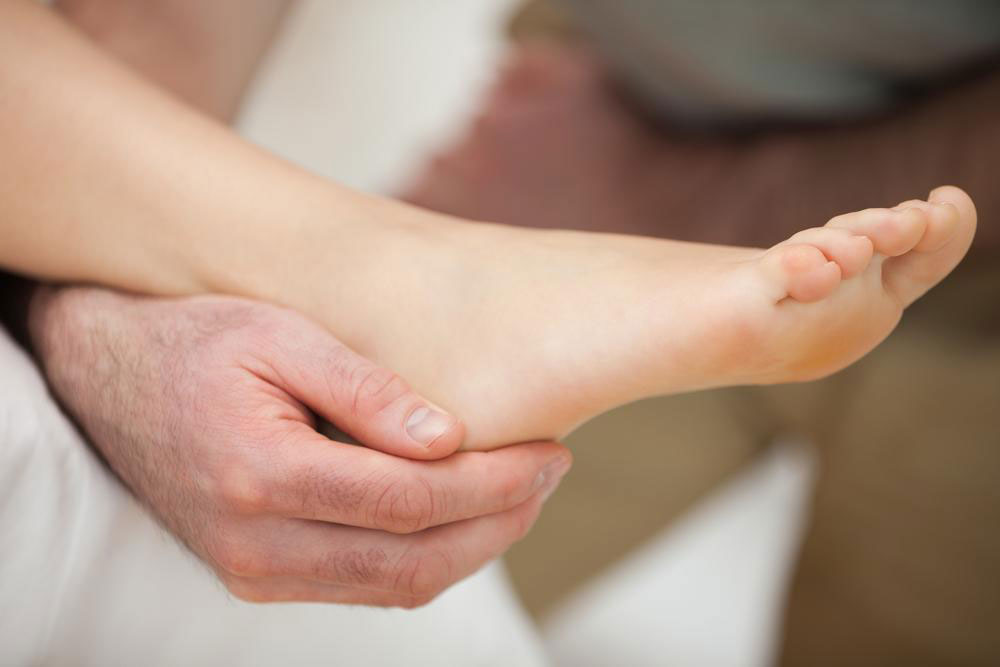Understanding Narcolepsy: Types, Causes, and Diagnosis Methods
This article provides an insightful overview of narcolepsy, covering its types, causes, and diagnostic methods. It explains the differences between Type 1 and Type 2 narcolepsy, explores potential causes including genetics and environmental factors, and details key tests used to diagnose the disorder. Aimed at raising awareness, the article emphasizes the importance of professional medical consultation for accurate diagnosis and effective management of narcolepsy.

Understanding Narcolepsy: Types, Causes, and Diagnosis Methods
Narcolepsy is a sleep disorder marked by overwhelming daytime drowsiness, which can interfere with daily life. Affecting approximately 70 in 100,000 people, this condition is rare but impactful. This article explores the different types, underlying causes, and diagnostic procedures for narcolepsy.
Types of Narcolepsy
Narcolepsy Type 1
Also known as NT1, this form includes cataplexy, a sudden loss of muscle control. Not everyone with NT1 experiences cataplexy, but low hypocretin-1 levels are common, impairing wakefulness regulation.
Individuals with narcolepsy often exhibit reduced hypocretin-1, a brain chemical vital for maintaining wakefulness.
Narcolepsy Type 2
Previously called narcolepsy without cataplexy, NT2 patients typically have normal hypocretin-1 levels. Causes may include brain injuries or tumors affecting the hypothalamus, leading to daytime fatigue.
Causes of Narcolepsy
The exact cause remains unknown, but low hypocretin-1 levels play a significant role. People with NT1 often lack enough hypocretin-producing neurons.
Genetic factors like the DQB1*0602 gene increase susceptibility, making familial transmission possible.
Environmental exposures such as toxins or poor ventilation may trigger immune responses that damage brain cells.
Traumatic brain injuries, tumors, or hypothalamic damage are also contributing factors.
Diagnostic Procedures
Polysomnography (PSG)
PSG is an overnight sleep study measuring vital signs, eye movements, and muscle activity. It helps determine sleep patterns and identifies how quickly REM sleep begins, aiding narcolepsy diagnosis.
Multiple Sleep Latency Test (MSLT)
This daytime assessment involves several short naps to evaluate how fast the patient falls asleep and enters REM sleep, essential for confirming narcolepsy.










